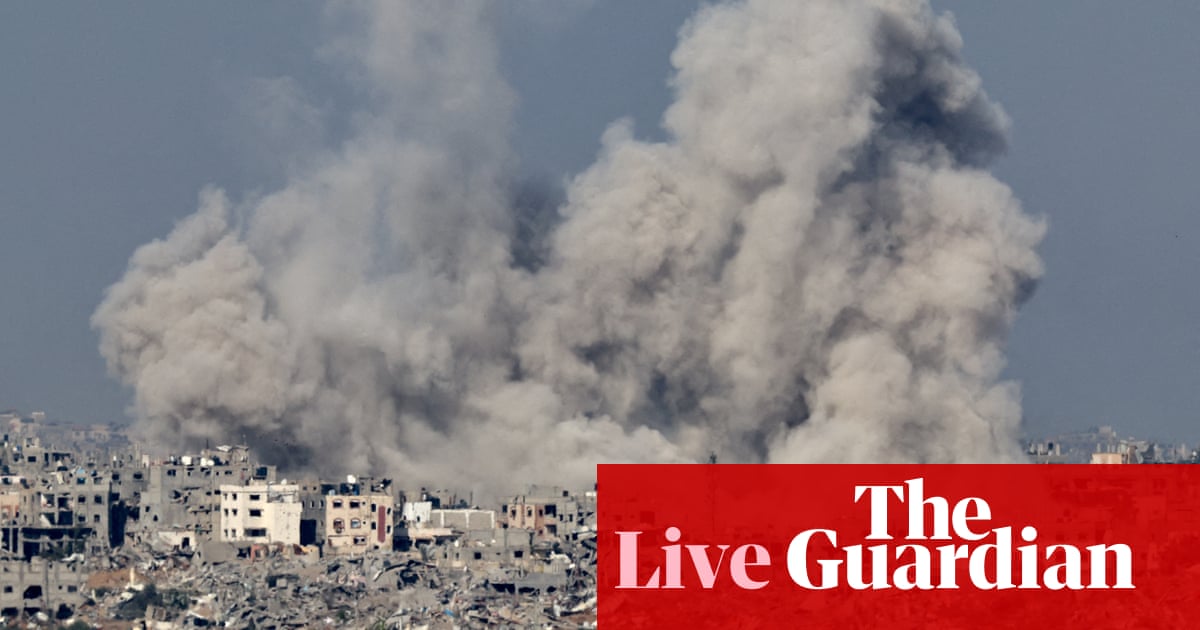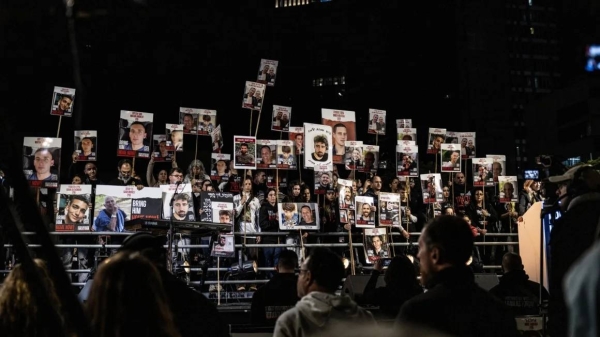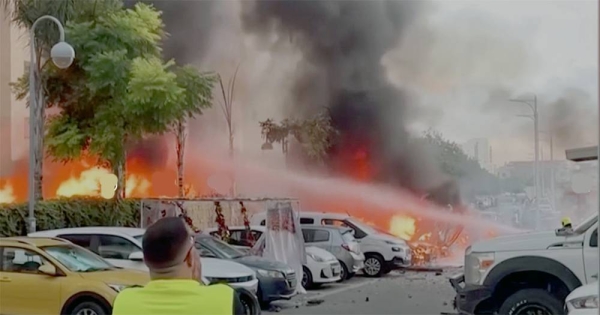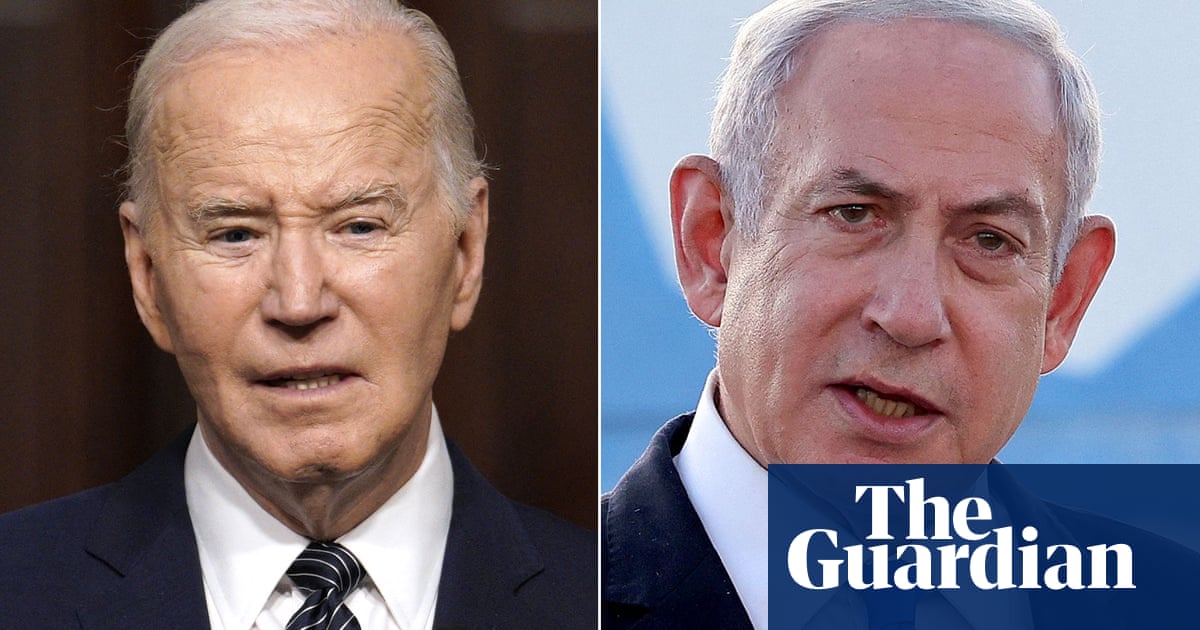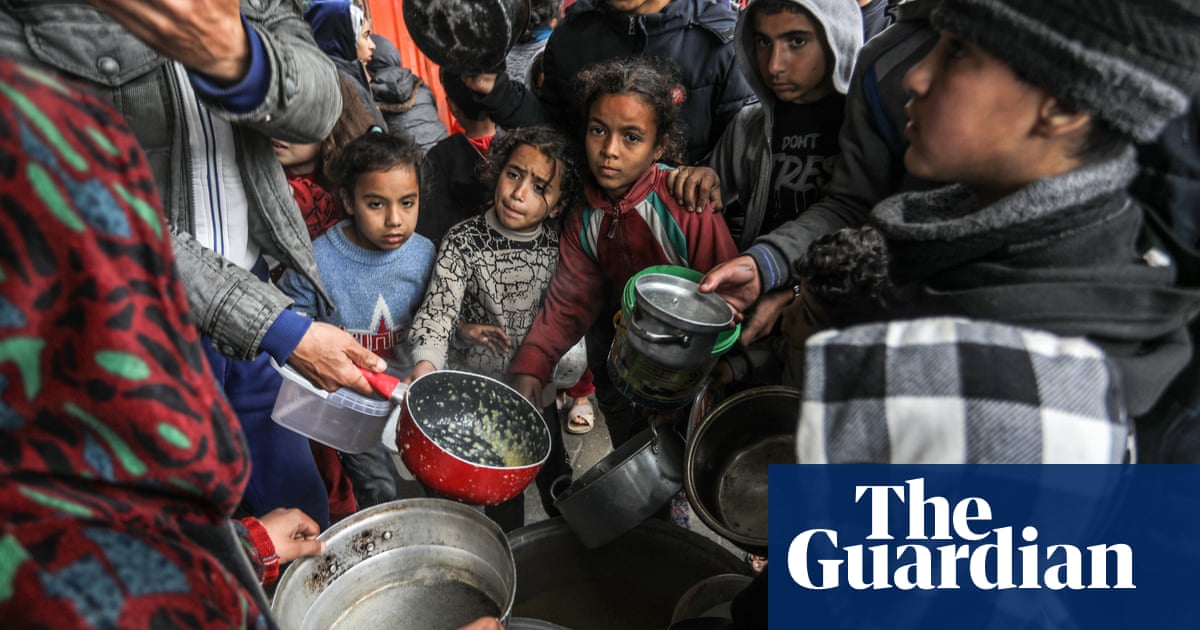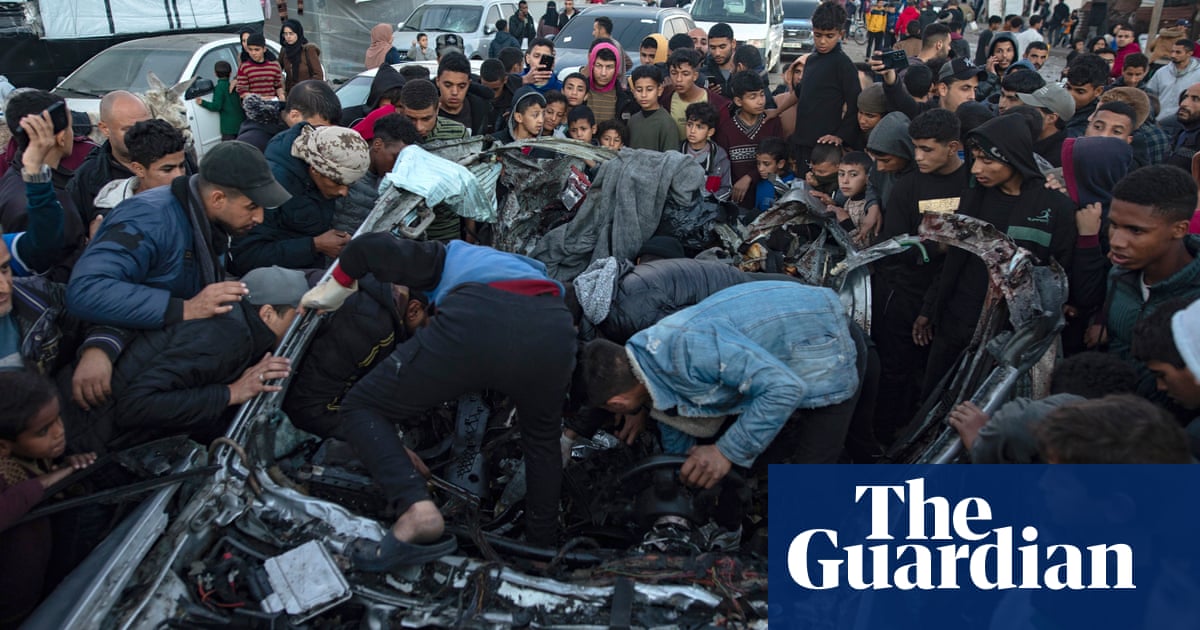
Benjamin Netanyahu has rejected the terms of a ceasefire in Gaza proposed by Hamas and rebuffed US pressure to move more quickly towards a mediated settlement to the war, saying there could be no solution to Israel’s security issues except “absolute victory” over the militant group.
The Israeli prime minister also confirmed that the Israel Defense Forces had been instructed to commence operations in the southern Gaza city of Rafah, where the population has been swelled by hundreds of thousands of displaced people.
In a sharp rebuff to the Biden administration and the visiting US secretary of state, Antony Blinken, Netanyahu said it would require months more fighting before Hamas was defeated.
Suggesting victory was “within reach”, the Israeli PM said: “There is no alternative for the military collapse [of Hamas]. There will not be a civilian collapse [of Hamas rule] without a military one.”
The deadliest round of fighting in the history of the Israeli-Palestinian conflict has killed more than 27,000 Palestinians, levelled entire neighbourhoods, driven the vast majority of Gaza’s population from their homes and pushed a quarter of the population to starvation.
There had been mounting international concern that Israel was preparing a ground offensive in Rafah. UN officials have said an assault there would lead to a “large-scale loss of life” and the risk of war crimes.
Saying that no part of the Gaza Strip would be “immune” from Israel’s offensive, Netanyahu, whose poll ratings have collapsed, also ruled out any arrangement that would leave Hamas in full or partial control of Gaza.
Earlier in the day, Blinken had been told by the Israeli defence minister, Yoav Gallant, that Hamas’s response to the ceasefire negotiations had guaranteed their rejection by Israel.
Speaking at a televised press conference on Wednesday evening, Netanyahu said that “surrendering to Hamas’s delusional conditions”, which include the call for a 135-day ceasefire in exchange for the release of hostages, “would lead to another massacre, and to a great tragedy on Israel that no one would be willing to accept”.
In a blow to the hopes of the families of the remaining hostages being held by Hamas, Netanyahu added that the hostages would only be released by continued military pressure on Hamas.
Blinken had earlier suggested that “a lot of work” remained to be done to bridge the gap between Israel and Hamas after the militant group put forward its far-reaching proposal for a permanent end to the fighting.
But Blinken insisted that an agreement between Israel and Hamas remained possible, arguing that the militant group’s proposal at least offered an opportunity “to pursue negotiations” on hostages.
“While there are some clear non-starters in Hamas’s response, we do think it creates space for agreement to be reached, and we will work at that relentlessly until we get there,” Blinken told reporters in Tel Aviv hours after meeting Netanyahu.
Hamas had laid out a detailed three-phase plan to unfold over four and a half months, responding to a proposal drawn up by the US, Israel, Qatar and Egypt. The plan stipulated that all hostages would be released in exchange for hundreds of Palestinians imprisoned by Israel, including senior militants, and an end to the war.
Some mediators viewed the proposal positively, as it signalled that the group was willing to engage in further negotiations.
Hamas put forward its three-stage plan late on Tuesday via Qatari and Egyptian mediators. Under the proposal, Palestinian militants would exchange Israeli hostages they captured on 7 October for 1,500 Palestinian prisoners, secure the reconstruction of Gaza, ensure the complete withdrawal of Israeli forces and exchange bodies and remains, according to a draft document seen by Reuters.
The plan envisioned three stages of a truce, lasting 45 days each. It came in response to a proposal put forward by Israel two weeks ago for a six-week cessation of hostilities and the phased release of the estimated 130 Israelis still held hostage in Gaza in exchange for Palestinian prisoners.
In the Hamas plan, all female Israeli hostages, males under 19 and elderly and sick people would be released during the first 45-day phase, in exchange for Palestinian women and children from Israeli jails.
The remaining male hostages would be released during the second phase, and bodies exchanged in the third. By the end of the third phase, Hamas expected, the sides would have reached agreement on an end to the war.
The truce would also have increased the flow of food and other aid to Gaza’s 2.3 million desperate civilians, who are experiencing severe shortages of food, water and medicine.
Blinken, who is on his fifth visit to the region since the war broke out, has been trying to advance the ceasefire talks while pushing for a larger postwar settlement in which Saudi Arabia would normalise relations with Israel in return for a “clear, credible, time-bound path to the establishment of a Palestinian state”.
But Netanyahu is opposed to Palestinian statehood, and his hawkish governing coalition could collapse if he is seen to be making too many concessions.
A significant sticking point in talks so far had been how many and which Palestinians would be released. In the week-long November truce, 110 Israelis were freed in return for 240 Palestinians, who were mostly women and children held for minor offences or in administrative detention. The new list is believed to include hardened militants serving life sentences.
Israel began its military offensive in the strip after Hamas killed 1,200 people and took about 250 hostages in a devastating attack across the border in Israel on 7 October.







